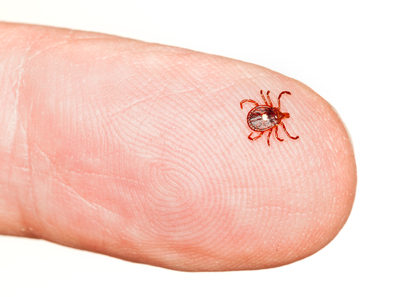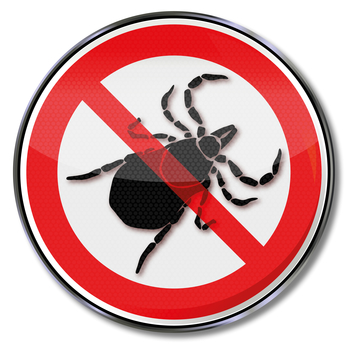Ticks: What You Need To Know About These Blood-Suckers
Imagine you just got a news alert that thieves are about to break into your home. What would you do? I doubt you’d throw your hands in the air and say, “Let them come!” You’ll likely get the security team on standby, and prepare to catch them in their tracks. Right? Now, scratch that scenario and imagine you got a news alert, but it isn’t specific. You don’t know what kind of attack to prepare for. Doesn’t that make you vulnerable? This is how you are if you are unaware of ticks. But this post will help you get the details you need.
Two Major Types

In the world of ticks, there are two major categories of ticks. Hard ones and soft ones. It is their exoskeleton that differentiates them.
Hard ticks, such as the American dog tick (Dermacentor variabilis), attach to their hosts and feed continuously on blood for several days during each life stage. When an adult female has obtained a blood meal, she mates, drops from the host, and finds a suitable site where she lays her eggs in a mass and dies. Six-legged larvae hatch from the eggs, move up on blades of grass, and wait for a suitable host (usually a mammal) to pass by.
Soft ticks also are carriers of diseases. Adults range in size up to 30 mm (slightly more than 1 inch), but most species are 15 mm or less. They may be distinguished from their close relatives, the mites, by the presence of a sensory pit (Haller’s organ) on the end segment of the first of four pairs of legs. Eyes may be present or absent. Read more at Britannica
An example of a hard tick

Well, beyond knowing their categories, you also need to be aware of the kind of ticks you’re likely to come across in your area. Here’s a common one in Virginia
Gulf Coast Tick
Range: Coastal states along the Atlantic and Gulf Coasts, including the eastern parts of Virginia and North Carolina. They can also live in Oklahoma, Arkansas and even southern Arizona.
Can Cause: Rickettsia parkeri rickettsiosis (a form of spotted fever).
Notes: Only the adults feed on humans (as well as on deer and other wildlife). Read more at NYTimes
Ticks in Winter?

Well, as all nature hibernates, do ticks follow suit? Perhaps. But going by the description of this tick, there is a sense that this one multitasks during winter.
Winter tick
Scientific name: Dermacentor albipictus
Native range: Found throughout the continental US
Distinctive features: Adults of this species have light brown legs and a dark brown body.
Active season: Larval ticks infest their host in the fall, molting into nymphs and adults while hiding in thick fur or hair of large animals. The winter tick may stay on the same animal host through all of the tick’s life stages.
Pathogens transmitted: Thankfully, winter ticks have not been documented passing diseases to humans or domestic animals. Read more at PopSci
Let’s get back to that news alert scenario. If you’re dealing with ticks, the safest bet is to ensure that any kind of tick is far away from your home, your yard, and your pets. How do you do this?
Backyard Bug Patrol is the leading company that is well-versed in ensuring your home is pest-free. We don’t take any chances. Moreover, we know what it means when the whole family is down with tick-borne illnesses. You don’t want to experience that nightmare. Our barrier spray program eliminates ticks from your yard, going deep into the foliage to ensure ticks are dead on contact. Call us today for a stress-free winter!
